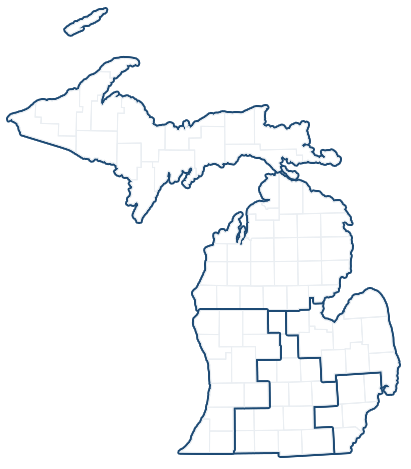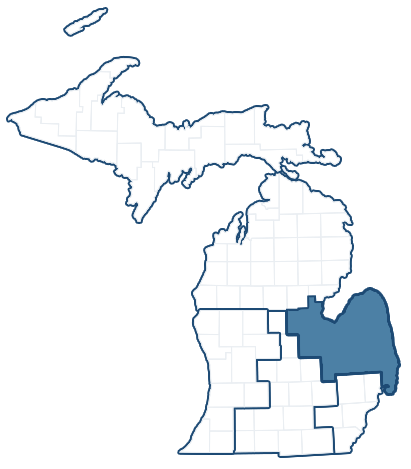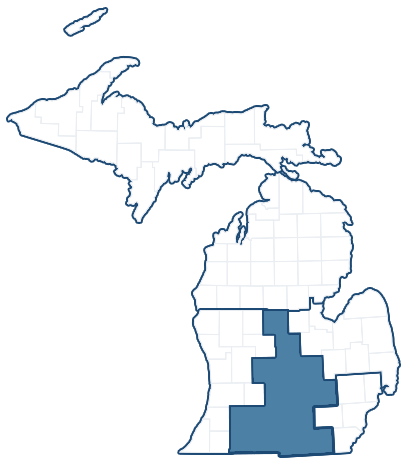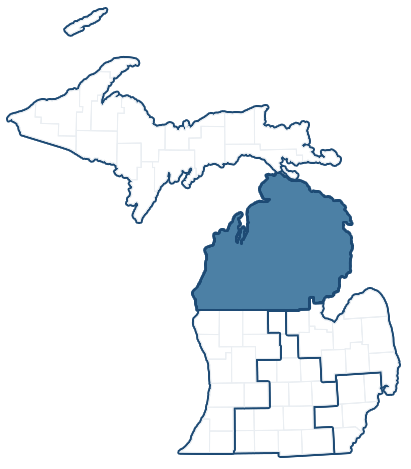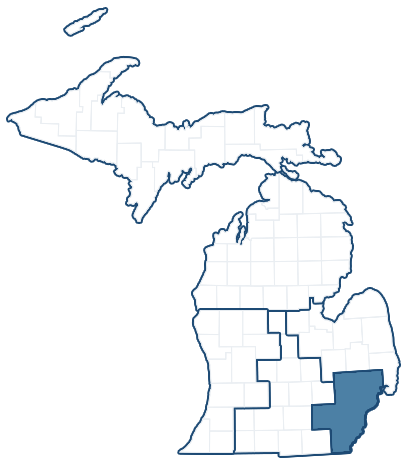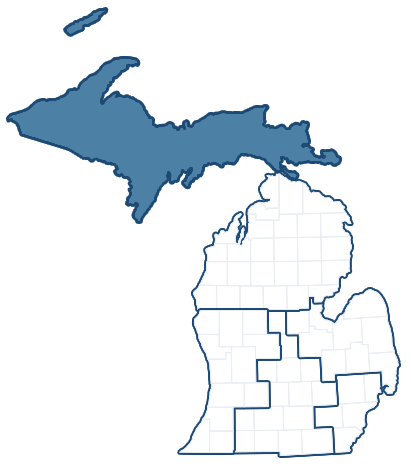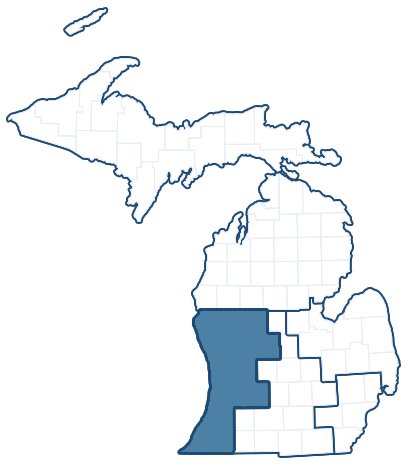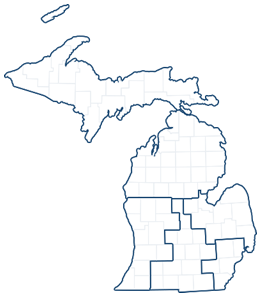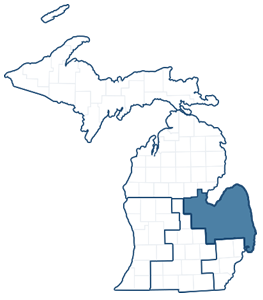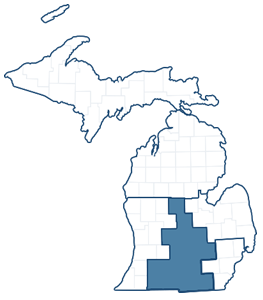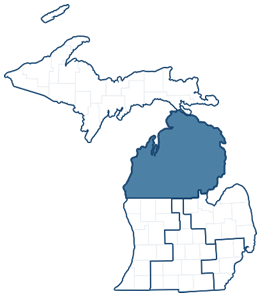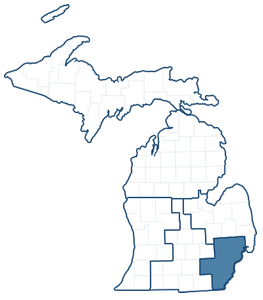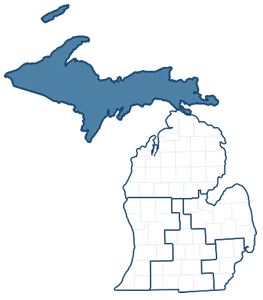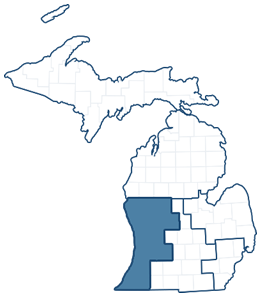Peters, Portman, Stabenow, Duckworth Reintroduce Bipartisan Legislation to Bolster Great Lakes Funding
Tuesday, February 12, 2019WASHINGTON, DC – U.S. Senators Gary Peters (D-MI), Rob Portman (R-OH), Debbie Stabenow (D-MI) and Tammy Duckworth (D-IL) today reintroduced bipartisan legislation to boost Great Lakes funding and research efforts and help support effective fishery management decisions. The Great Lakes Fishery Research Authorization (GLFRA) Act gives the U.S. Geological Survey (USGS) the legislative authority to support the $7 billion Great Lakes sport and commercial fishery industry. Despite holding one-fifth of the world’s fresh water, the Great Lakes science program does not receive the same level of funding authorization as science centers on the country’s saltwater coasts, and this legislation will help decrease the resource gap between the Great Lakes Science Center and other fishery research centers across the nation.
“The Great Lakes are critical to the health of our environment and our entire country’s economy,” said Senator Peters, Member of the Senate Great Lakes Task Force. “This bipartisan effort will establish a reliable funding source and provide the leverage Great Lakes researchers needs to conduct the cutting edge research that will preserve native fish populations and target invasive species.”
“The Great Lakes are an invaluable resource to Ohio, critically important to both our environment and our economy,” said Senator Portman, co-chair of the Senate Great Lakes Task Force. “By authorizing the USGS’s Great Lakes Science Center for the first time, we are prioritizing the research on fish populations and invasive species used by the Great Lakes states as well as Canada to support the health and growth of our $7 billion fishing industry. This bill will ensure we have the resources to help protect the Great Lakes for generations to come.”
“Our Great Lakes and waterways are part of who we are and our way of life,” said Senator Stabenow, Co-Chair of the Great Lakes Task Force. “From water quality issues to invasive species, there are so many challenges facing our lakes and fisheries, which is why funding for cutting-edge research is so important.”
“The Great Lakes support 1.5 million jobs and are the source of drinking water for tens of millions of Americans,” said Senator Duckworth. “We need to do everything we can to restore the Great Lakes and rebuild our fish and wildlife populations, which is why I am proud to join my colleagues and back this bipartisan legislation.”
“Great Lakes protection and restoration depend on sound science,” said Robert Lambe, executive secretary of the Great Lakes Fishery Commission, a Canada-US treaty organization. “The Great Lakes Fishery Research Authorization Act will bring Great Lakes science into the 21st century, apply new technologies to improve our understanding of the basin's ecosystem, and help state and tribal authorities manage the $7 billion fishery. I commend Senators Peters, Portman, Duckworth, and Stabenow for spearheading this important legislation.”
The USGS Great Lakes Science Center is currently funded through the USGS’s base appropriation with no sole source of funding of its own. The organization requires authorizing legislation and a dependable funding stream to conduct and modernize fishery research throughout the five Great Lakes to support effective fishery management decisions. This bill gives the USGS Director greater authority to devote money to the Great Lakes and authorizes $17.5M per year for fiscal years 2019-2027. Companion legislation has been introduced in the House of Representatives.
Located in Ann Arbor, the Great Lakes Science Center maintains staff and field stations in five of the eight Great Lakes States, including Michigan, Ohio, New York, Indiana and Wisconsin. It owns and operates five large fishery research vessels and is the only agency that conducts lake-wide fisheries science assessments on each of the five Great Lakes. Their research has included advancing a suite of projects to support restoration efforts of native prey fish populations throughout the Great Lakes basin; leading world-class research on the most notable invasive species in the history of the Great Lakes: the parasitic sea lamprey; and helping to implement one of the largest freshwater telemetry fish-movement-tracking networks in the world.
Next Article Previous Article



